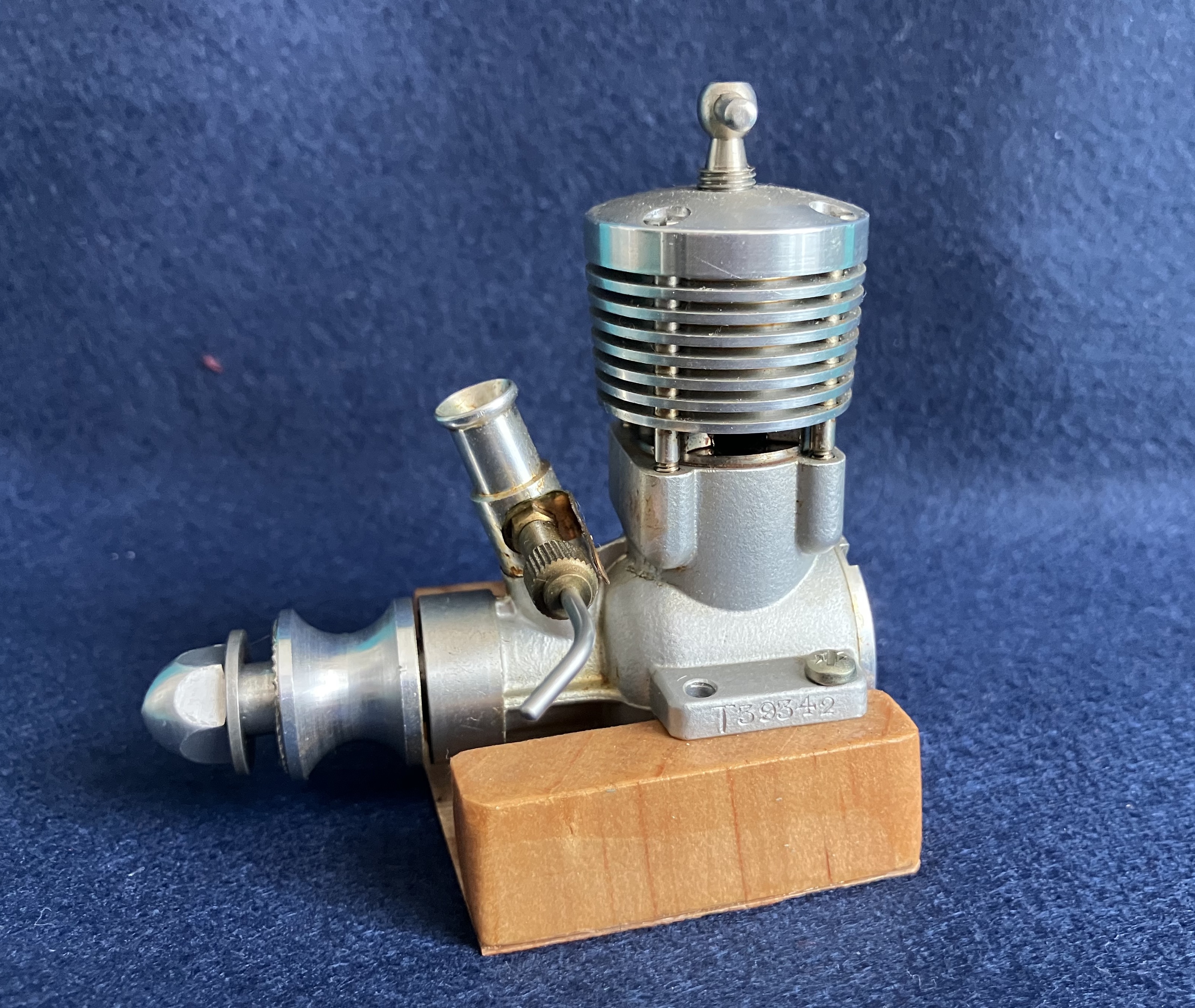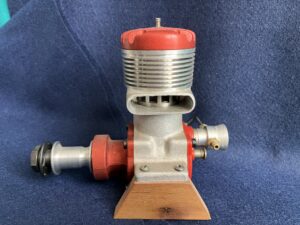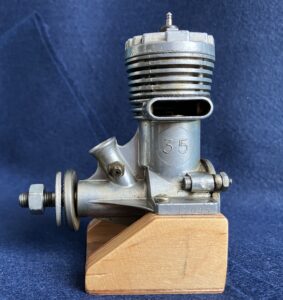
NICHE COLLECTING: CONTROL LINE FLYING
PROF. GIANCARLO PUDDU | ROME FEBRUARY 14, 2025
Control Line Flying (CLF), popular between the 1950s and 1980s, involves piloting self-built model aircraft by hand. In control line flying, simple yet sophisticated planes, equipped with internal combustion engines, are controlled by hand movements—pulling up or diving—through two steel cables about 20 meters long. The models are divided into various categories: speed, team racing, and aerobatics. Their construction is highly intricate and always presents an exciting challenge. Every stage of the building process must be carefully planned, properly prepared, and executed to perfection. It requires precision, dedication, and a great deal of self-discipline. For these reasons, constructing them is both educational and highly rewarding. The model aircraft are designed to perform complex maneuvers with minimal rudder movement. This means they must be piloted with great care, requiring the pilot’s full concentration at all times. Even though a flight lasts only a few minutes, it is always quite demanding and feels like a small journey into another world.

(McCoy 10cc Speed Engine USA)
Around Control Line Flying (CLF), a variety of hobbies and collections have developed, the most important and widespread of which is engine collecting. I personally practiced CLF between 1955 and 1970, which allowed me, from a young age, to work with my hands—building, designing, and flying my own model aircraft. In recent years, I started searching the internet and collecting engines, beginning with those I had used in the past. Today, it is possible to find beautifully preserved and even brand-new examples, which has led me into the world of collectors, particularly in Anglo-Saxon countries like the United Kingdom and the United States. From an economic standpoint, the most valuable pieces, especially if in “mint” condition, retain their prices (ranging from €100 to €900) and, in some cases, even appreciate in value over time. Engines are classified based on their displacement: 2.5 cc (cubic centimeters), 5 cc, and 10 cc. Most of them use a glow plug for ignition, while a smaller number are diesel engines. Engines can be divided into three categories: Speed (currently, 2.5 cc engines can reach over 300 km/h), Aerobatics, and Team Racing (all of which use diesel engines).

(Veco 35 3.5cc Aerobatic Engine USA)